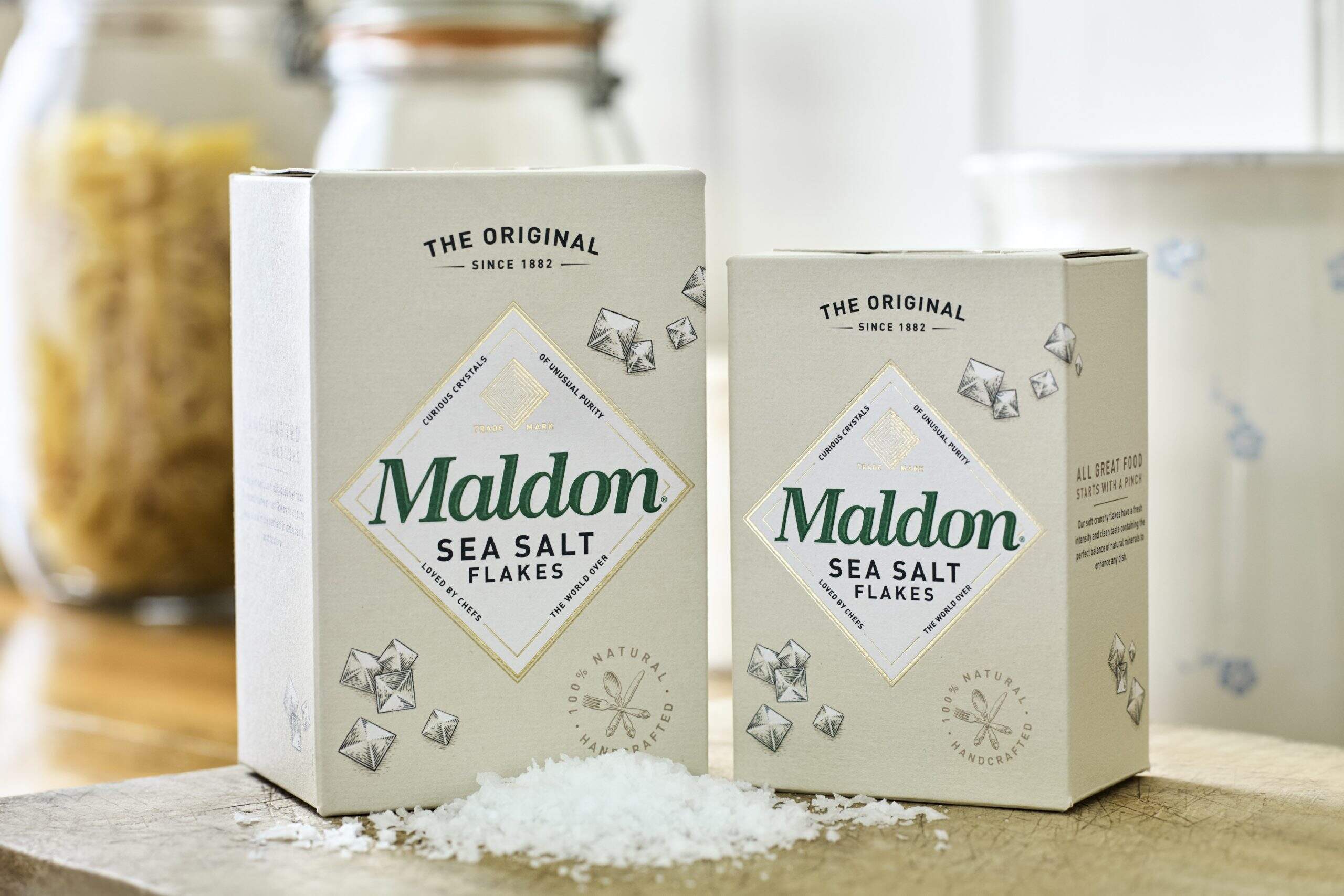

Articles
How To Store Maldon Salt
Modified: May 6, 2024
Learn the best way to store Maldon salt and keep it fresh for longer with our helpful articles. Discover essential tips and tricks to preserve the quality and flavor of this popular sea salt.
(Many of the links in this article redirect to a specific reviewed product. Your purchase of these products through affiliate links helps to generate commission for Storables.com, at no extra cost. Learn more)
Introduction
In the world of culinary delights, there are few ingredients as essential and versatile as salt. From enhancing flavors to preserving foods, salt plays a crucial role in every chef’s arsenal. And when it comes to salt, Maldon Salt is a widely acclaimed brand that has garnered a reputation for its exceptional quality and unique flavor.
In this article, we will explore the importance of storing Maldon Salt properly to ensure its longevity and preserve its distinctive characteristics. We will discuss the factors to consider when choosing the ideal storage method and provide helpful tips for maintaining the freshness of your Maldon Salt.
So, whether you are a seasoned chef or an aspiring home cook, join us as we dive into the world of Maldon Salt storage and discover the best practices to make the most of this exquisite seasoning.
Key Takeaways:
- Proper storage of Maldon Salt is crucial to maintain its exceptional quality. Factors like air exposure, moisture control, and suitable storage methods play a key role in preserving its unique flavor and texture.
- Choosing the right storage option, such as an airtight container or a salt pig, can significantly impact the longevity and freshness of Maldon Salt. Implementing tips like avoiding excessive moisture and regularly checking for clumps ensures the salt remains flavorful and ready to elevate your culinary creations.
Read more: How To Store Salt
Why Choose Maldon Salt
Maldon Salt, produced in the seaside town of Maldon in Essex, England, has become renowned worldwide for its exceptional quality and distinct pyramid-shaped flakes. But what sets Maldon Salt apart from other varieties? Here are a few reasons why you should consider choosing Maldon Salt for your culinary endeavors:
- Hand-Harvested: Maldon Salt is harvested using traditional methods that date back over 200 years. Skilled saltmakers carefully extract the salt from the waters of the Blackwater Estuary, allowing for a pure and natural product.
- Distinctive Flavor: The unique pyramid-shaped flakes of Maldon Salt provide a delightful texture that dissolves evenly and enhances the flavors of your dishes. Its clean and briny taste adds a wonderful depth to both savory and sweet recipes.
- Natural and Unrefined: Unlike many commercially available salts, Maldon Salt undergoes minimal processing. It contains no additives or anti-caking agents, making it a pure and unrefined choice for those seeking a more natural salt option.
- Versatility: Maldon Salt’s versatility knows no bounds. Whether you are seasoning a steak, sprinkling it over freshly baked bread, or using it to elevate the flavors of vegetables, this salt can effortlessly elevate any dish.
- Recognized by Top Chefs: Maldon Salt has gained recognition and accolades from top chefs around the world. Its use in Michelin-starred restaurants speaks volumes about its quality and exceptional taste.
With its hand-harvested nature, exceptional flavor, and versatile application, Maldon Salt has earned its place as a favorite among professional chefs and home cooks alike. Choosing this exceptional salt will surely enhance your culinary creations and elevate your dining experience.
Factors to Consider
When it comes to storing Maldon Salt, there are a few factors to consider to ensure that it remains fresh and retains its distinctive qualities. Let’s explore these factors in detail:
- Air Exposure: Salt is hygroscopic, meaning it has the ability to absorb moisture from the air. Exposure to air can cause the salt to clump and lose its texture and flavor. Therefore, it is important to minimize air exposure when storing Maldon Salt.
- Moisture Control: Along with air exposure, moisture is another enemy of salt. Moisture can lead to salt becoming sticky and clumpy, making it difficult to sprinkle or measure accurately. It is crucial to keep Maldon Salt in a dry environment to maintain its quality.
- Light and Heat: Excessive exposure to light and heat can also degrade the quality of salt, causing it to lose its flavor and texture. It is recommended to store Maldon Salt away from direct sunlight and in a cool, dark place.
- Container Material: The material of the storage container can impact the longevity of Maldon Salt. It is best to avoid containers made of porous materials, such as wood, as they can absorb moisture and compromise the salt’s quality. Instead, opt for non-porous materials like glass or ceramic.
- Container Size: The size of the container is another important consideration. It is advisable to choose a container that is appropriate for the amount of Maldon Salt you regularly use. A larger container may result in unnecessary air exposure, while a small container may require frequent refilling.
- Accessibility: Lastly, consider the accessibility of the salt when choosing a storage method. You want a container that allows for easy access and minimizes the risk of contamination. A container with a wide opening or a dispenser lid can facilitate convenient usage.
By taking these factors into account, you can select the most suitable storage method for your Maldon Salt, ensuring that it remains fresh, flavorful, and ready to enhance your culinary creations.
Proper Storage Techniques
Properly storing Maldon Salt is crucial to maintain its quality and extend its shelf life. Here are a few recommended storage techniques to ensure your Maldon Salt stays fresh:
Option 1: Airtight Container
One of the simplest and most effective ways to store Maldon Salt is by using an airtight container. Choose a container with a tightly sealing lid to minimize air exposure. This will help prevent clumping and maintain the salt’s texture and flavor. Make sure the container is made of non-porous material like glass or plastic to avoid moisture absorption.
Read more: How To Store Epsom Salt
Option 2: Glass Jar with Moisture Control
An alternative method is to use a glass jar with a moisture control mechanism. Place a small packet of moisture-absorbing desiccant or rice in the jar to maintain dry conditions. The desiccant will help prevent moisture from affecting the salt’s quality. Additionally, ensure the jar has a tight-fitting lid like a mason jar to create a seal against air and humidity.
Option 3: Ceramic or Clay Pot
If you prefer a more traditional and aesthetically pleasing storage option, consider using a ceramic or clay pot. These materials have natural moisture-wicking properties and can help maintain a dry environment. Choose a pot with a lid to protect the salt from air exposure. However, be mindful of the pot’s interior glaze, as some glazes may not be suitable for salt storage.
Option 4: Salt Pig or Salt Cellar
A salt pig or salt cellar is a specialized container designed specifically for storing salt. These containers typically have a wide opening that allows for easy access to the salt. They are often made of non-porous materials, such as ceramic or glass, and come with a lid to protect the salt from moisture and air exposure. A salt pig or cellar can be a stylish and convenient option for storing and serving Maldon Salt.
Remember, whichever storage method you choose, it is essential to keep your Maldon Salt away from direct light and heat sources. Store it in a cool, dark place to maintain its freshness and ensure the best flavor in your culinary endeavors.
Option 1: Airtight Container
One of the simplest and most effective ways to store Maldon Salt is by using an airtight container. This method helps preserve the salt’s texture, flavor, and freshness. Here’s how you can properly store Maldon Salt in an airtight container:
- Select a Suitable Container: Choose a container that is specifically designed to be airtight. Look for containers with tight-sealing lids or lids that have a silicone gasket to create a strong seal against air and moisture. It is best to use containers made of non-porous materials such as glass or food-grade plastic to prevent any absorption of moisture.
- Clean and Dry the Container: Before transferring your Maldon Salt into the container, ensure it is clean and dry. Any residual moisture or contaminants can affect the salt’s quality. Wash the container with warm, soapy water, and thoroughly dry it to eliminate any moisture.
- Transfer the Maldon Salt: Carefully pour the Maldon Salt into the airtight container, ensuring not to spill or waste any of the precious flakes. Fill it to a suitable level, leaving some headspace to prevent the salt from pressing against the lid.
- Seal the Container: Securely close the lid of the container, making sure it is tightly sealed. Check for any gaps or loose fittings that may compromise the airtightness. A properly sealed container will prevent air from entering and keep the salt fresh.
- Store in a Cool, Dark Place: Find a suitable spot in your kitchen or pantry to store the airtight container. Choose a location away from direct sunlight, heat sources, and humidity. Cool and dark areas will help maintain the salt’s quality and prevent any moisture accumulation.
- Label and Date: Consider labeling your container with the type of salt and the date of storage. This will help you keep track of the salt’s freshness and rotation, ensuring that you use the oldest salt first.
By storing Maldon Salt in an airtight container, you can protect it from air exposure, moisture, and contaminants, ensuring that the salt remains fresh, flavorful, and ready to enhance your culinary creations for an extended period of time.
Read more: How To Store Kosher Salt
Option 2: Glass Jar with Moisture Control
An alternative method to store Maldon Salt is by using a glass jar with moisture control. This technique helps maintain a dry environment and prevents moisture from affecting the salt’s quality. Here’s how you can properly store Maldon Salt in a glass jar with moisture control:
- Select a Suitable Glass Jar: Choose a glass jar with a tight-fitting lid or a jar specifically designed for preserving food. Make sure the jar is made of non-porous glass material to avoid any moisture absorption.
- Add Moisture Control: To prevent moisture from affecting the salt, place a small packet of moisture-absorbing desiccant or a few grains of rice at the bottom of the jar. These moisture control agents will absorb any excess moisture and maintain a dry environment within the jar.
- Transfer the Maldon Salt: Carefully pour the Maldon Salt into the glass jar, filling it up to your desired level. Be cautious not to spill or waste any of the delicate flakes during the transferring process.
- Close the Lid Securely: Seal the glass jar with the lid, ensuring it is tightly closed. This will create a barrier against air and humidity, preserving the salt’s freshness and texture. Double-check for any gaps or loose fittings that may compromise the moisture control.
- Store in a Cool, Dark Place: Find a suitable location in your kitchen or pantry to store the glass jar. Choose an area away from direct sunlight, as exposure to light can degrade the quality of the salt. Also, keep the jar away from heat sources, which can affect the salt’s flavor and texture.
- Monitor and Replace Moisture Control: Periodically check the moisture control agent in the jar. If the desiccant packet has become saturated or the rice grains show signs of moisture absorption, replace them with fresh ones to maintain an effective moisture control system.
Storing Maldon Salt in a glass jar with moisture control not only keeps the salt fresh but also prevents clumping and caking caused by moisture. By following these steps, you can ensure that your Maldon Salt retains its distinct flavor and texture, ready to enhance your culinary creations.
Option 3: Ceramic or Clay Pot
If you prefer a traditional and aesthetically pleasing storage option for your Maldon Salt, consider using a ceramic or clay pot. These materials have natural moisture-wicking properties and can help maintain a dry environment to preserve the salt’s quality. Here’s how you can properly store Maldon Salt in a ceramic or clay pot:
- Select a Suitable Ceramic or Clay Pot: Choose a pot made of high-quality ceramic or clay material. Make sure the pot is food-safe and specifically designed for storing salt. Look for a pot with a fitted lid to protect the salt from air exposure and moisture.
- Pre-Season the Pot (Optional): Some ceramic or clay pots may require pre-seasoning before use. Follow the manufacturer’s instructions to season the pot properly. This process helps create a barrier and enhances the pot’s moisture-wicking properties.
- Transfer the Maldon Salt: Carefully pour the Maldon Salt into the ceramic or clay pot, filling it up to your desired level. Take care not to spill or waste any of the delicate flakes while transferring.
- Close the Lid Securely: Seal the pot with the lid, ensuring it fits tightly. This will create a barrier against air exposure and help maintain a dry environment within the pot. Double-check for any gaps or loose fittings that may compromise the salt’s quality.
- Store in a Cool, Dark Place: Find a suitable spot in your kitchen or pantry to store the ceramic or clay pot. Choose an area away from direct sunlight and heat sources, as these can affect the salt’s flavor and texture. Additionally, keeping the pot in a cool, dark place helps maintain the salt’s freshness.
- Monitor and Maintain: Regularly inspect the ceramic or clay pot for any signs of moisture buildup or potential damage. If you notice any issues, such as cracks or chips in the pot, replace it to ensure the salt’s integrity and quality.
Storing Maldon Salt in a ceramic or clay pot not only provides a visually appealing option but also utilizes the natural moisture-wicking properties of these materials. By following these steps, you can ensure that your Maldon Salt stays fresh, flavorful, and ready to enhance your culinary creations with its beautiful pyramidal flakes.
Store Maldon salt in an airtight container to prevent it from absorbing moisture and clumping. Keep it in a cool, dry place away from direct sunlight to maintain its texture and flavor.
Option 4: Salt Pig or Salt Cellar
If you’re looking for a stylish and convenient storage option for your Maldon Salt, consider using a salt pig or salt cellar. These specialized containers are designed specifically for storing and serving salt, providing easy access and protection from air exposure. Here’s how you can properly store Maldon Salt in a salt pig or salt cellar:
- Select a Suitable Salt Pig or Salt Cellar: Choose a salt pig or salt cellar made of non-porous materials like ceramic, glass, or stainless steel. Opt for containers with a wide opening or a dispenser lid that allows for easy access to the salt while minimizing air exposure.
- Prep the Salt Pig or Salt Cellar: Before transferring the Maldon Salt, make sure the salt pig or salt cellar is clean and dry. Remove any dust or residue, and ensure there are no leftover traces of salt from previous use.
- Transfer the Maldon Salt: Gently pour the Maldon Salt into the salt pig or salt cellar, filling it up to a suitable level. Take care not to spill or waste any of the flavorful flakes while transferring the salt.
- Close the Lid or Cover: If your salt pig or salt cellar comes with a lid or cover, use it to protect the salt from air exposure. Ensure the lid fits snugly to create a barrier against moisture and maintain the salt’s freshness.
- Store in a Convenient Location: Find a convenient spot in your kitchen or dining area to store the salt pig or salt cellar. Keep it within reach while cooking or at the table for easy access when seasoning your dishes. Avoid placing it near direct sunlight or heat sources to preserve the salt’s flavor and texture.
- Maintain and Refill: Regularly check the salt pig or salt cellar to ensure it is free from moisture and contaminants. If the salt quantity is running low, refill it from your main supply to maintain a steady and accessible salt source.
Storing Maldon Salt in a salt pig or salt cellar not only adds a touch of elegance to your kitchen but also provides a practical and user-friendly solution for daily salt usage. By following these steps, you can effortlessly access your Maldon Salt and protect it from air exposure, ensuring that it remains fresh and ready to enhance the flavors of your culinary creations.
Tips for Maintaining Freshness
To ensure that your Maldon Salt remains fresh and retains its exceptional quality for as long as possible, consider implementing the following tips:
- Avoid Excessive Moisture: Moisture is one of the biggest enemies of salt. Make sure to keep your Maldon Salt away from humid areas in the kitchen, such as near the sink or stove. Store it in a dry environment to prevent moisture absorption and clumping.
- Avoid Direct Sunlight: Exposure to direct sunlight can degrade the quality of Maldon Salt, causing it to lose its flavor and become less potent. Store the salt away from windows or any other areas where it can be exposed to sunlight.
- Be Mindful of Contaminants: Keep your Maldon Salt away from any potential contaminants in your kitchen, such as spices, oils, or other strong-smelling substances. Salt can easily absorb odors, which can alter its flavor and aroma.
- Regularly Check for Clumps: Occasionally inspect your stored Maldon Salt for any clumps or signs of moisture. If you notice any clumps, break them up using a spoon or fork to maintain the salt’s texture and ensure even seasoning.
- Rotate and Use Oldest First: If you have multiple containers or storage methods for your Maldon Salt, make a habit of rotating and using the older salt first. This helps ensure you’re using the salt before it reaches its expiration date and maintains consistent freshness.
- Keep Utensils Dry: When using utensils to scoop or measure Maldon Salt, ensure they are dry to prevent any moisture from transferring to the salt. Moisture can affect the texture and quality of the salt over time.
- Store in Small Quantities: Rather than storing a large quantity of Maldon Salt in one container, consider dividing it into smaller portions. This reduces the frequency of air exposure when opening the containers, helping prolong the freshness of the remaining salt.
- Replace or Refresh Moisture Control: If you’re using moisture control agents like desiccant packets or rice, monitor their effectiveness regularly. Replace them when they become saturated or refresh them periodically to maintain their moisture-absorbing properties.
By following these tips, you can ensure that your Maldon Salt remains fresh, flavorful, and ready to enhance the taste of your culinary creations. Proper storage and maintenance practices will help you make the most of this exceptional seasoning.
Read more: How To Store Salt In Kitchen
Conclusion
Properly storing Maldon Salt is essential to preserve its exceptional quality and distinctive flavor. By considering factors such as air exposure, moisture control, and appropriate storage methods, you can ensure that your Maldon Salt remains fresh and ready to enhance your culinary creations.
Choosing the right storage option, such as an airtight container, a glass jar with moisture control, a ceramic or clay pot, or a salt pig/salt cellar, can make a significant difference in maintaining the salt’s texture and flavor. Regardless of the method you choose, keeping your Maldon Salt away from direct sunlight, heat sources, excessive moisture, and potential contaminants is vital.
Additionally, implementing tips like regularly checking for clumps, rotating and using the oldest salt first, and maintaining dry utensils will contribute to the longevity and freshness of your Maldon Salt. Paying attention to these details will ensure that you enjoy the full potential and flavor of this exquisite seasoning.
So, whether you’re a professional chef or a passionate home cook, make the most of Maldon Salt’s unique pyramid flakes by storing them properly. Treat this precious seasoning with care, and it will reward you with its exceptional taste, enhancing your dishes and elevating your culinary experience.
Remember, with the right storage techniques and a little attention to detail, your Maldon Salt will always be fresh, flavorful, and ready to add that special touch to your favorite recipes.
Now that you've mastered storing Maldon salt, why stop there? Extend your preservation prowess by exploring our guide on the best options for keeping various foods fresh and tasty. Whether you're packing leftovers, prepping meals, or just organizing the pantry, finding the right containers can make all the difference. Don't miss out on ensuring everything from veggies to grains stays in perfect condition throughout the year. Dive into our comprehensive review to ensure you're equipped with the most effective solutions.
Frequently Asked Questions about How To Store Maldon Salt
Was this page helpful?
At Storables.com, we guarantee accurate and reliable information. Our content, validated by Expert Board Contributors, is crafted following stringent Editorial Policies. We're committed to providing you with well-researched, expert-backed insights for all your informational needs.
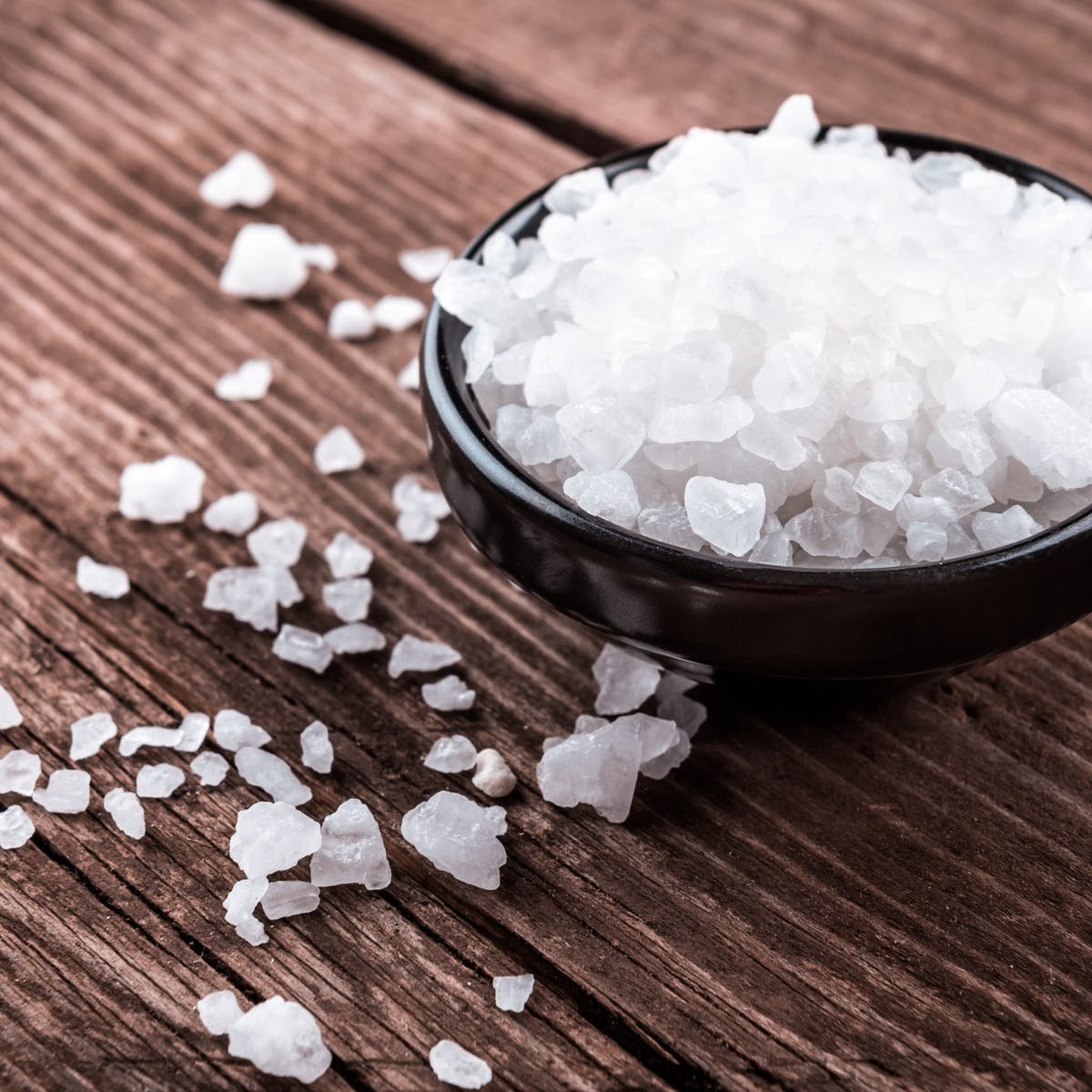
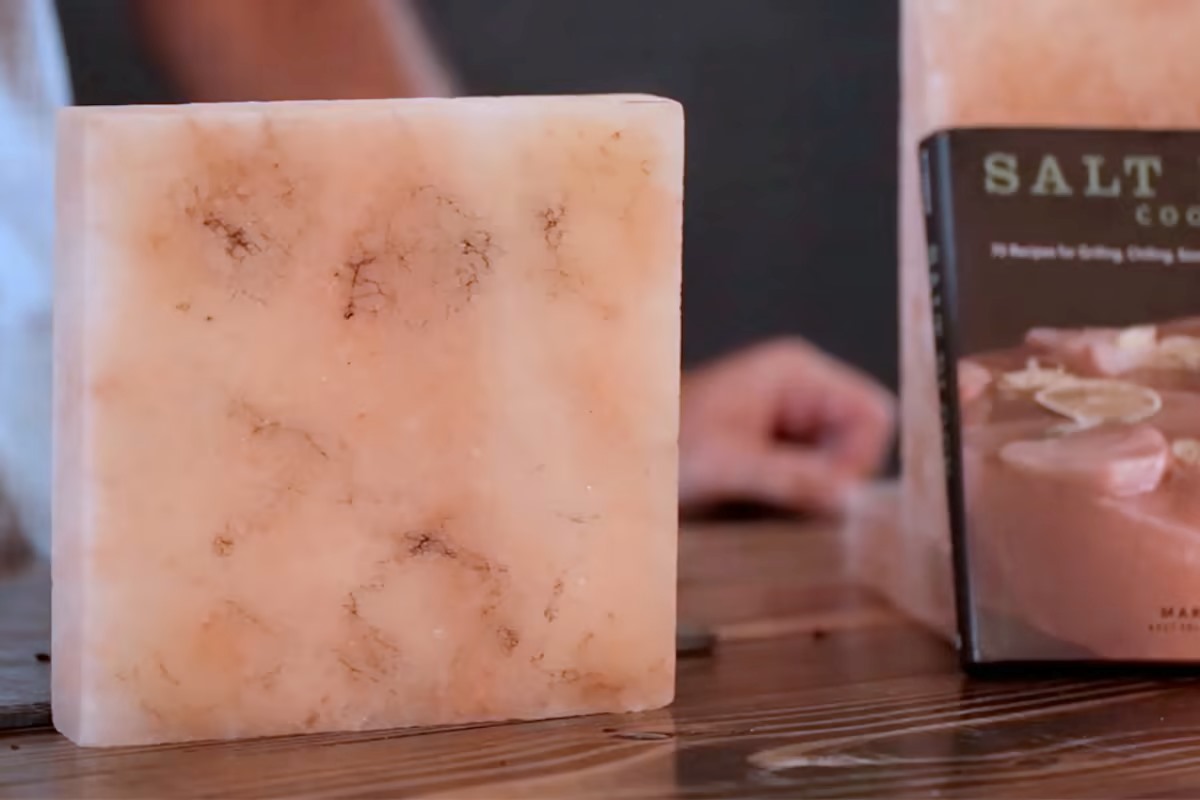
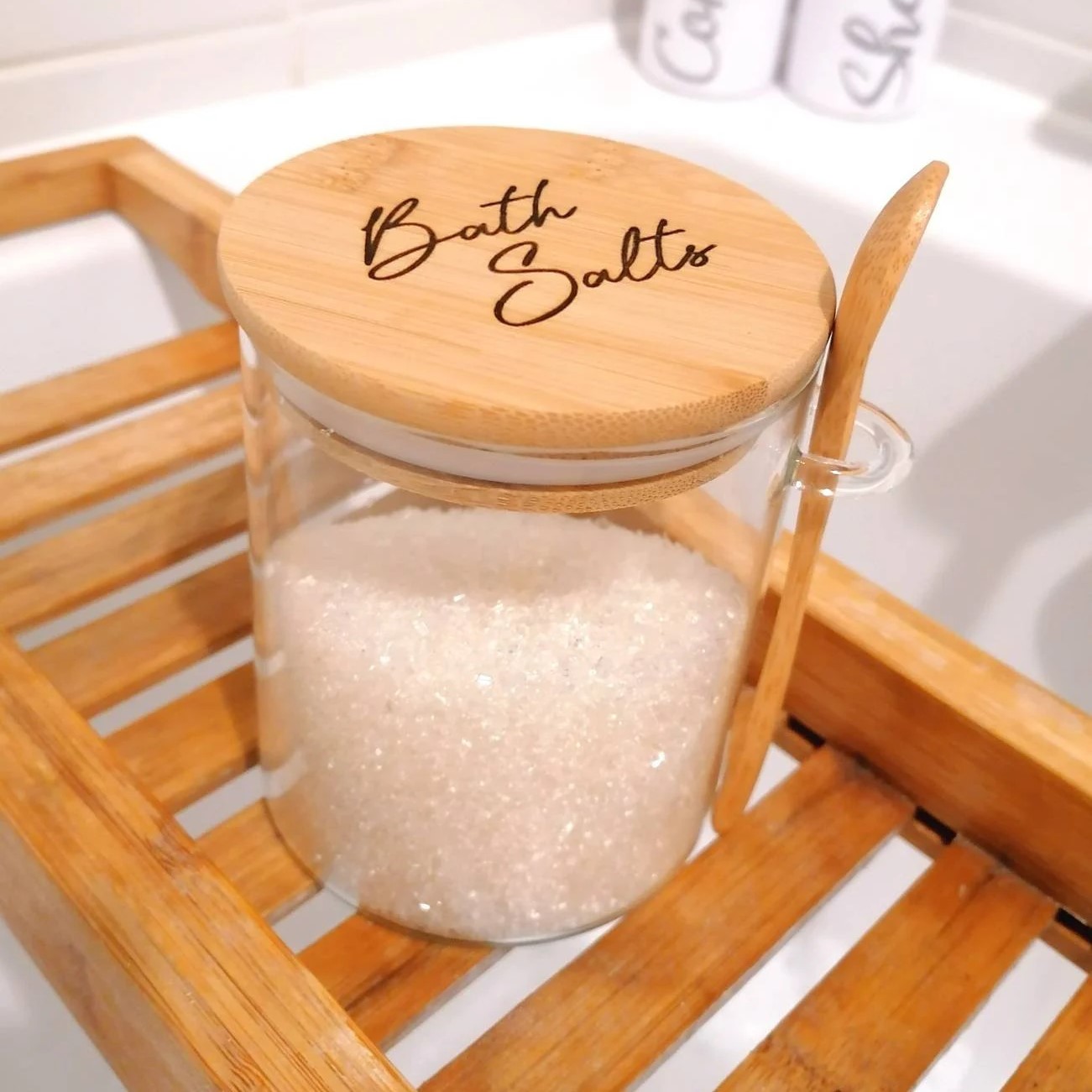
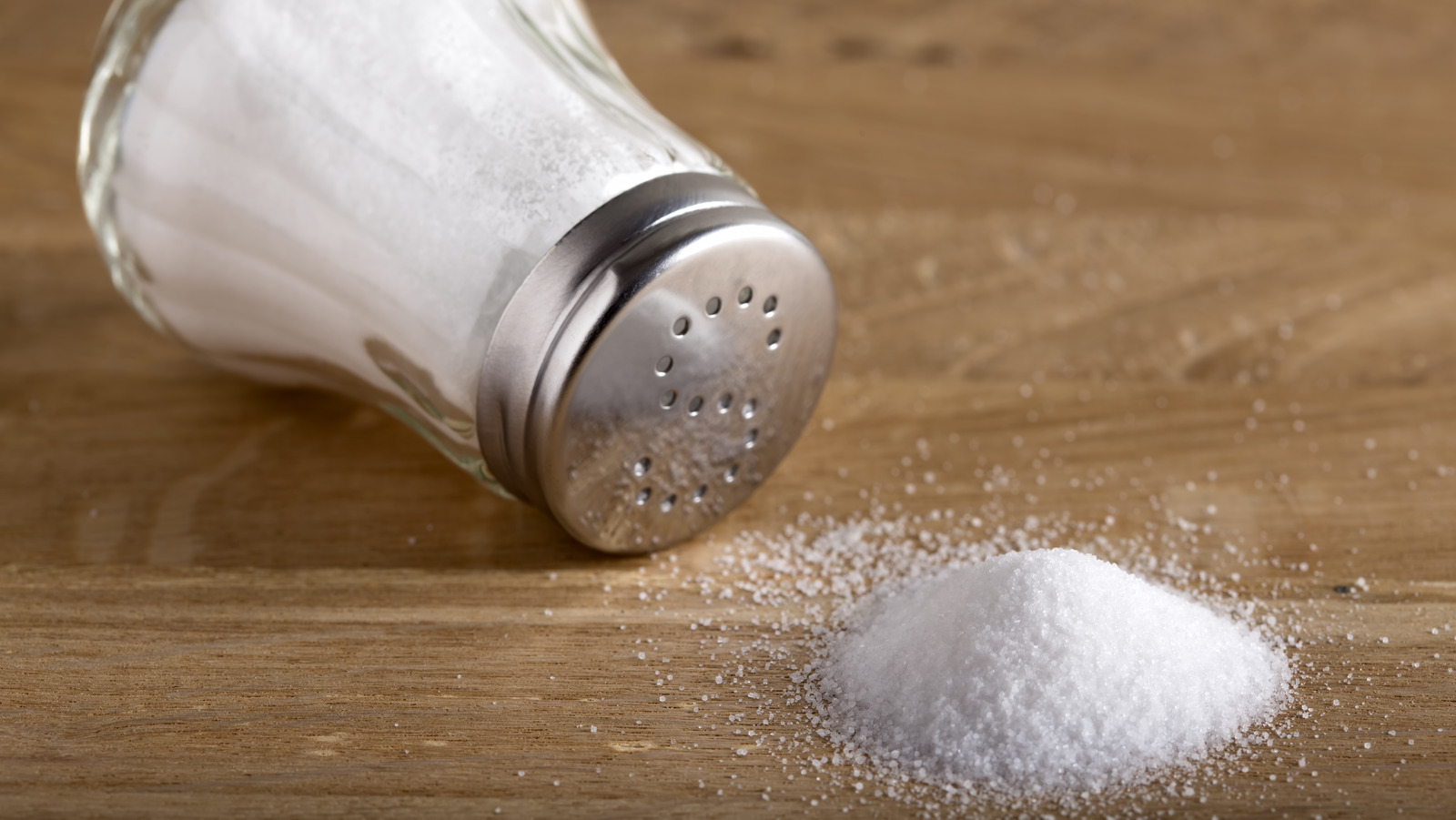

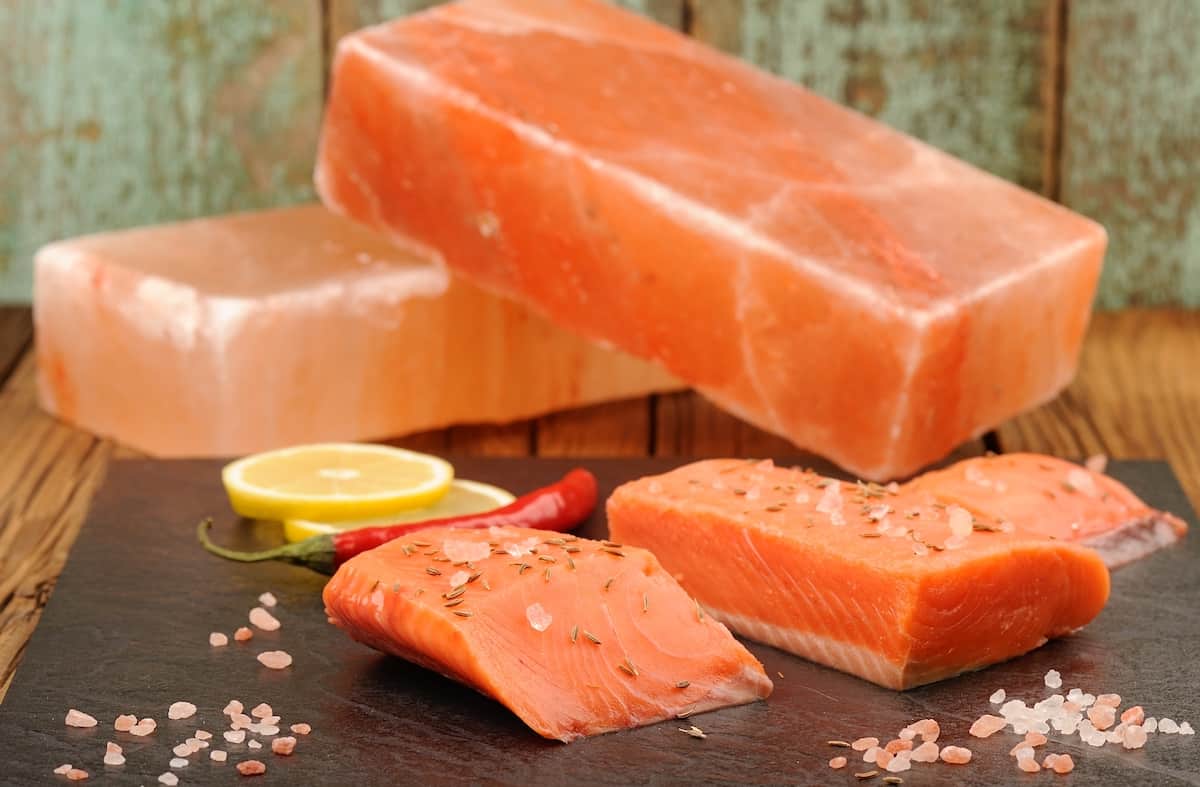
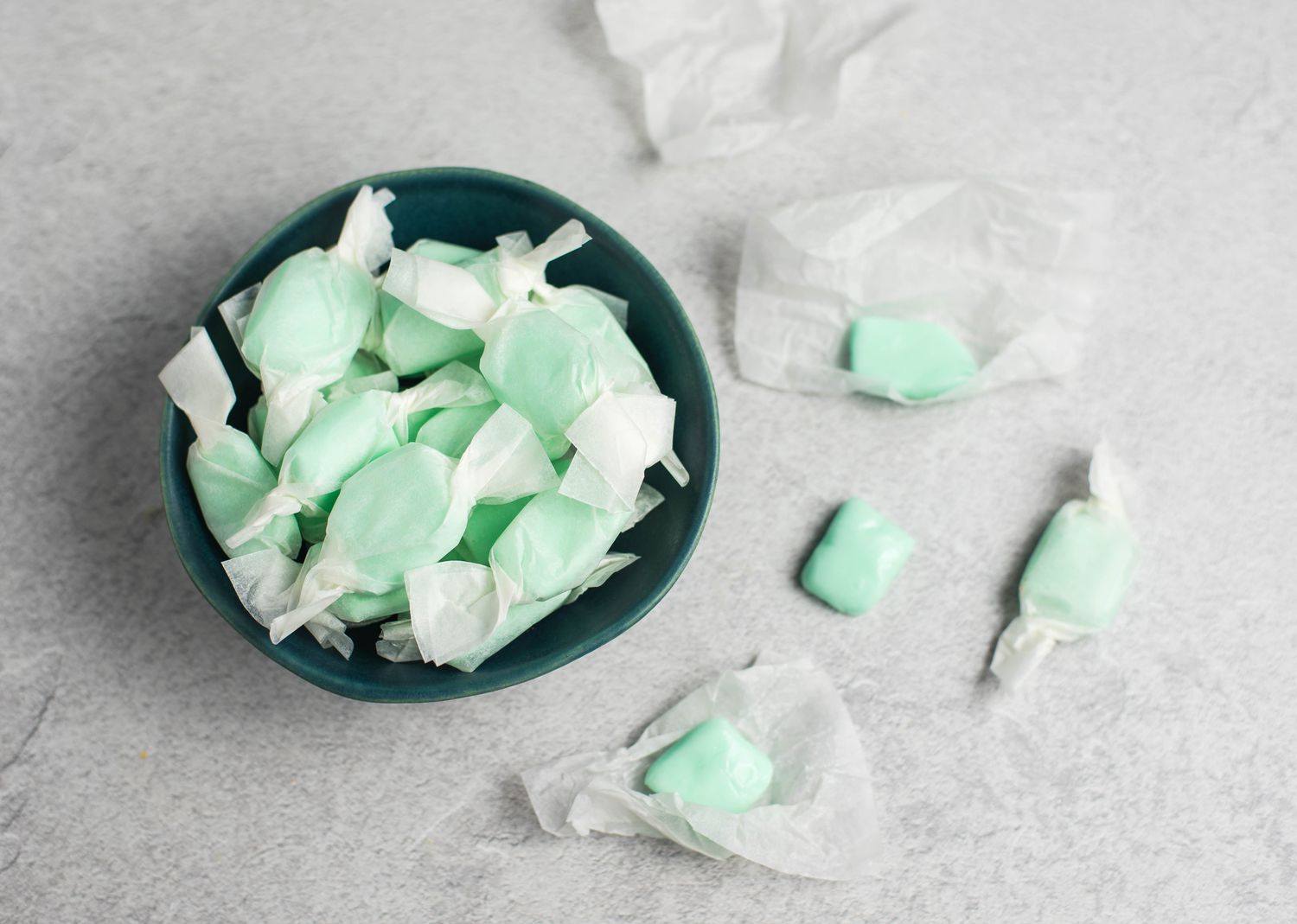
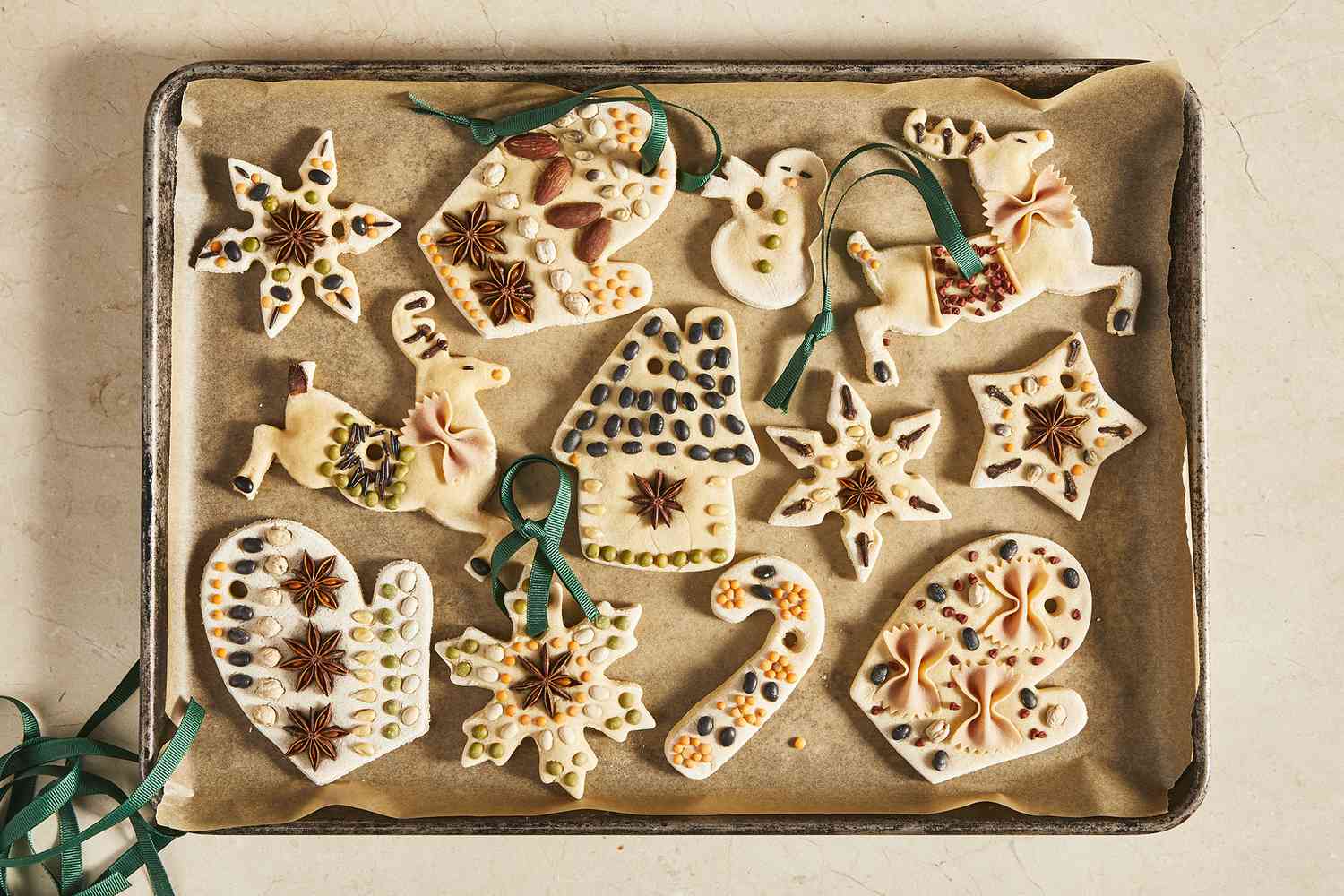
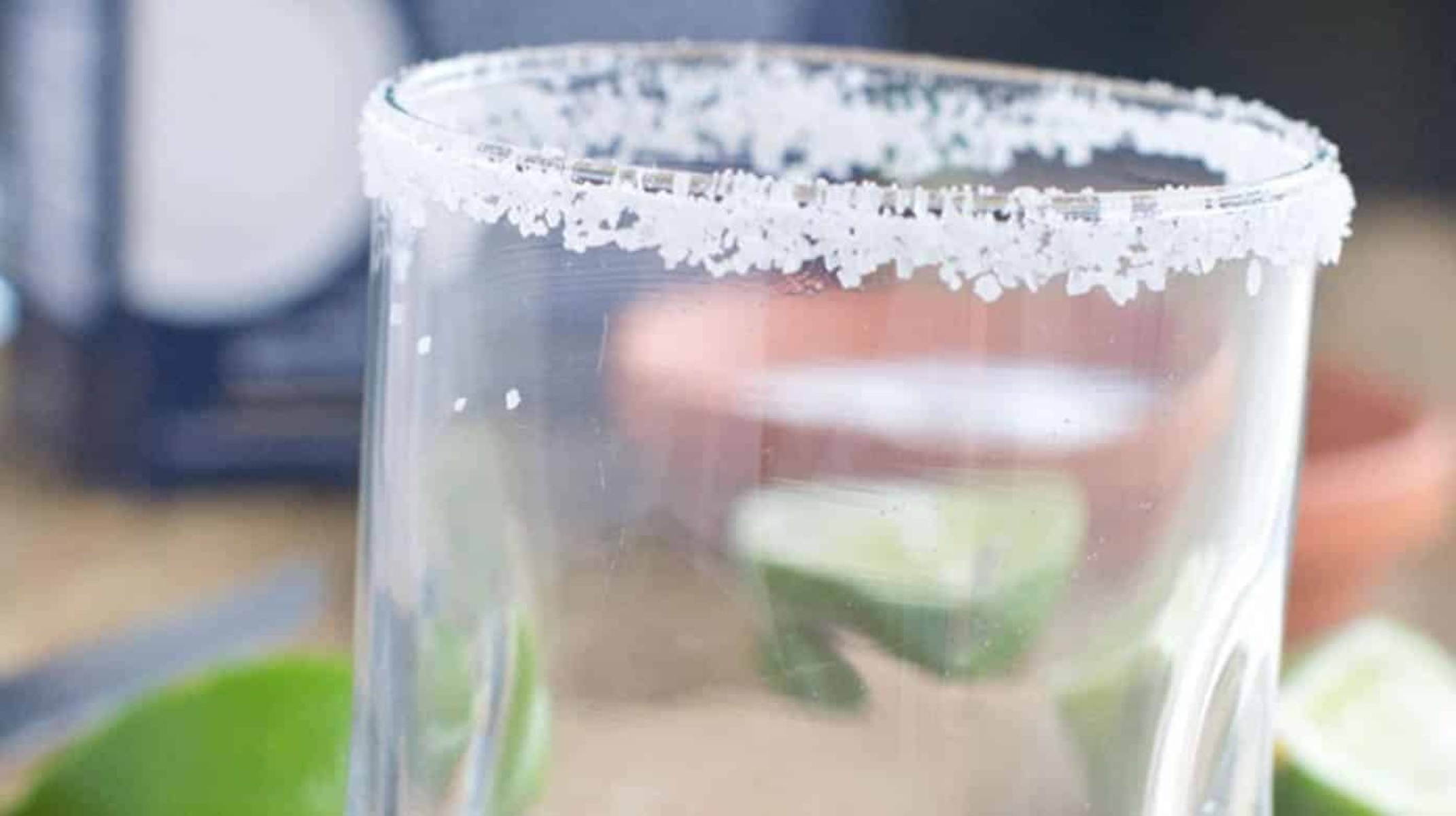
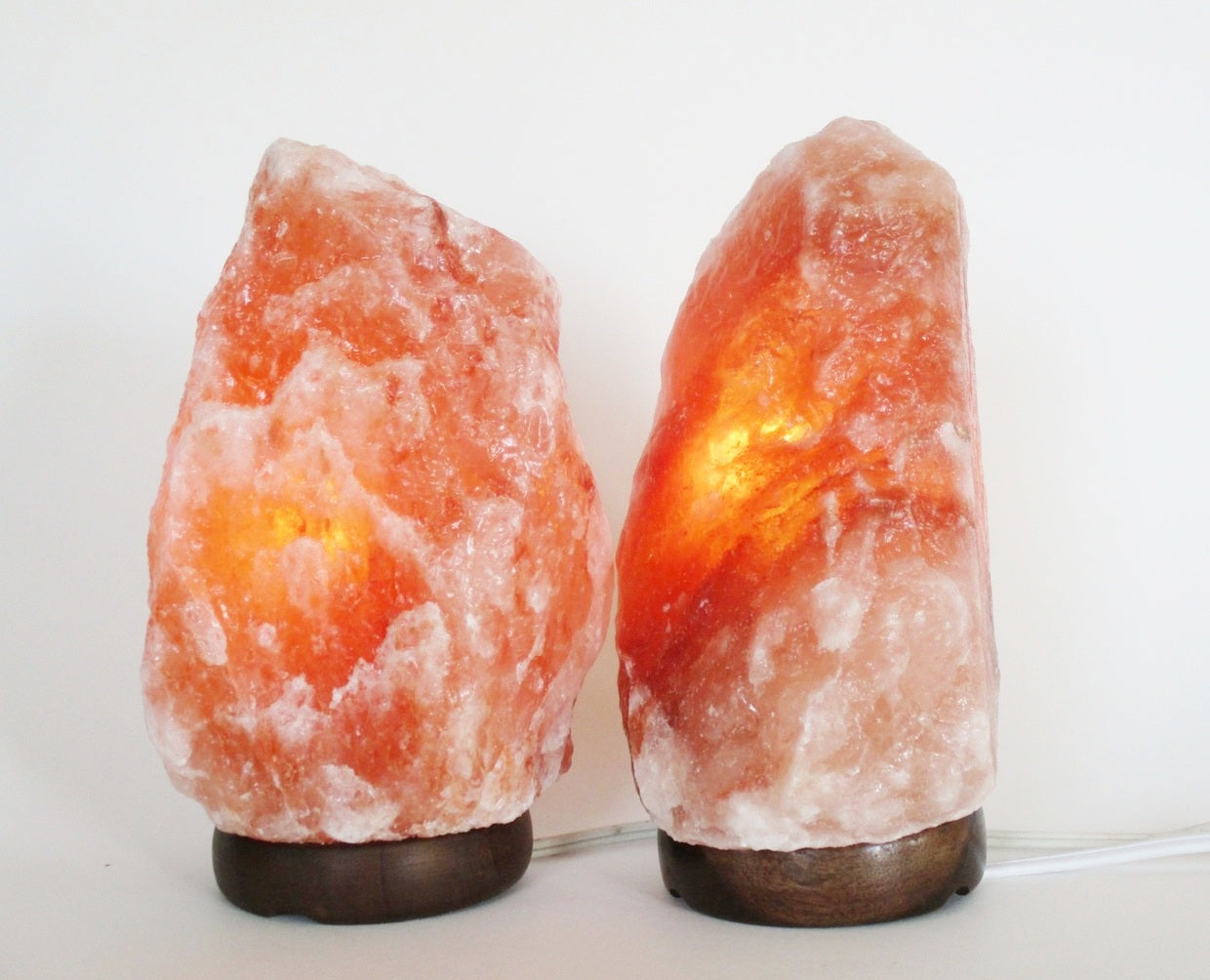
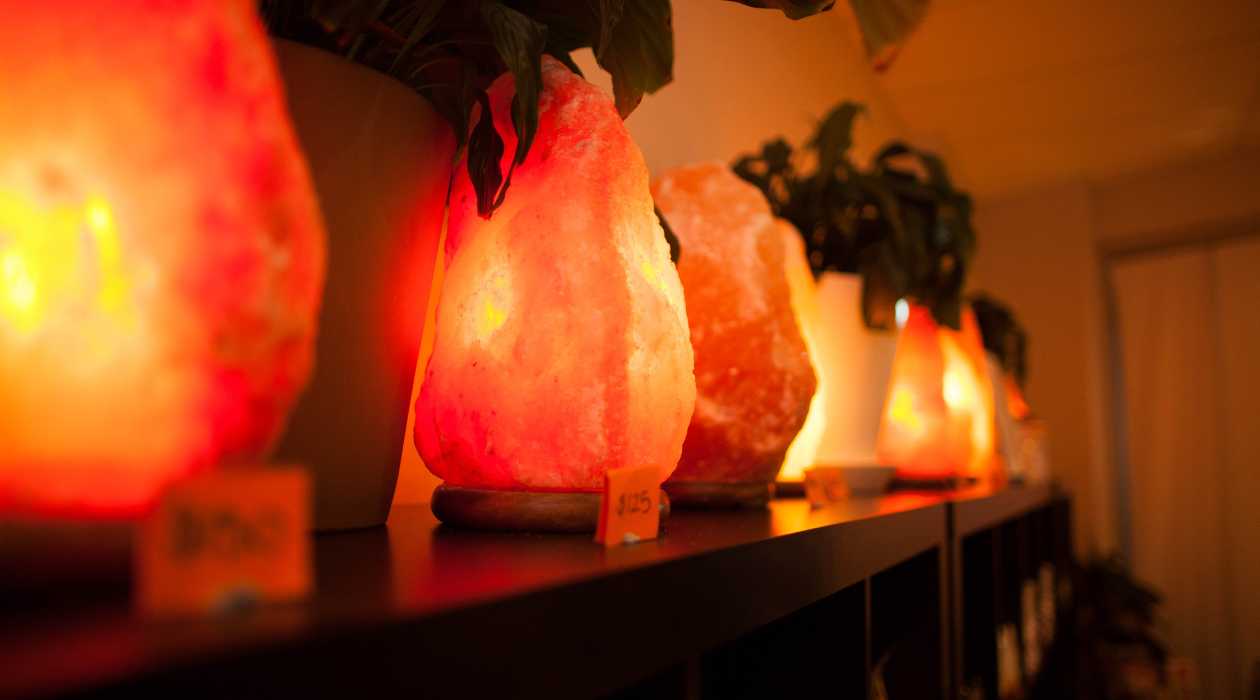
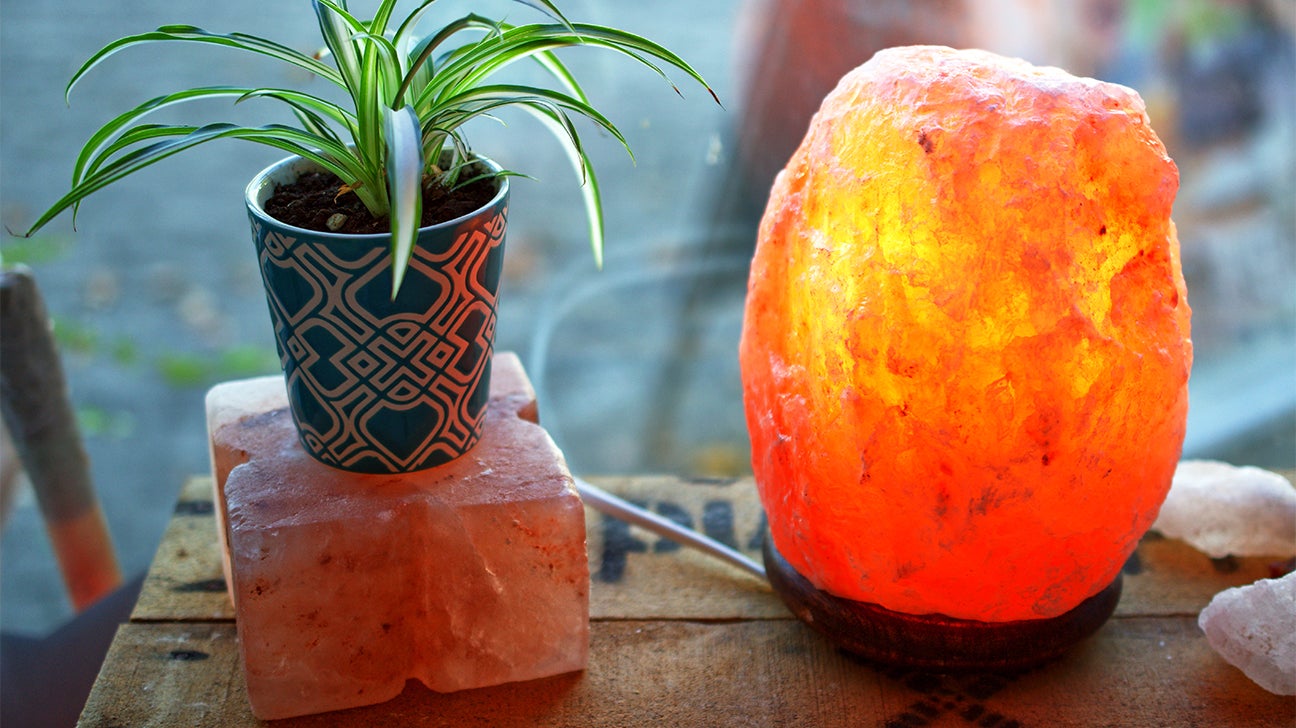

0 thoughts on “How To Store Maldon Salt”